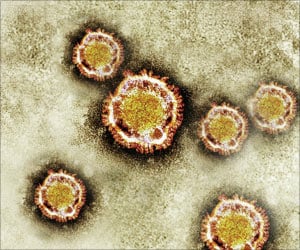Johns Hopkins researchers have developed the first mouse model that exhibits both anatomical as well as behavioural defects of schizophrenia.
Johns Hopkins researchers have developed the first mouse model that exhibits both anatomical as well as behavioural defects of schizophrenia.
The new mouse, based on a genetic change relevant to schizophrenia, may greatly help understand of the progression of the disease and develop new therapies, say researchers.Led by Dr. Akira Sawa, Director of the program in molecular psychiatry, the researchers took advantage of the DISC1 gene, which was found to be a major risk factor for schizophrenia in recent studies.
They generated mice that make an incomplete, shortened form of the DISC1 protein in addition to the regular type. The short form of the protein attaches to the full-length one, disrupting its normal duties.
It was found that as the mice matured, they became more agitated when placed in an open field, had trouble finding hidden food, and did not swim as long as regular mice. The mice also exhibited smell defects and apathy, which are observed in schizophrenia patients.
Magnetic resonance imaging (MRI) revealed that the mice had characteristic defects in brain structure, including enlarged lateral ventricles, a region that circulates the spinal fluid and helps protect against physical trauma.
Dr. Sawa says that the defects in the mice were not as severe as those typically seen in people with schizophrenia, because more than one gene is required to trigger the clinical disease.
Advertisement
"We can use them to explore how external factors like stress or viruses may worsen symptoms. The animals can also be bred with other strains of genetically engineered mice to try to pinpoint additional schizophrenia genes," he adds.
Source-ANI
LIN/B






